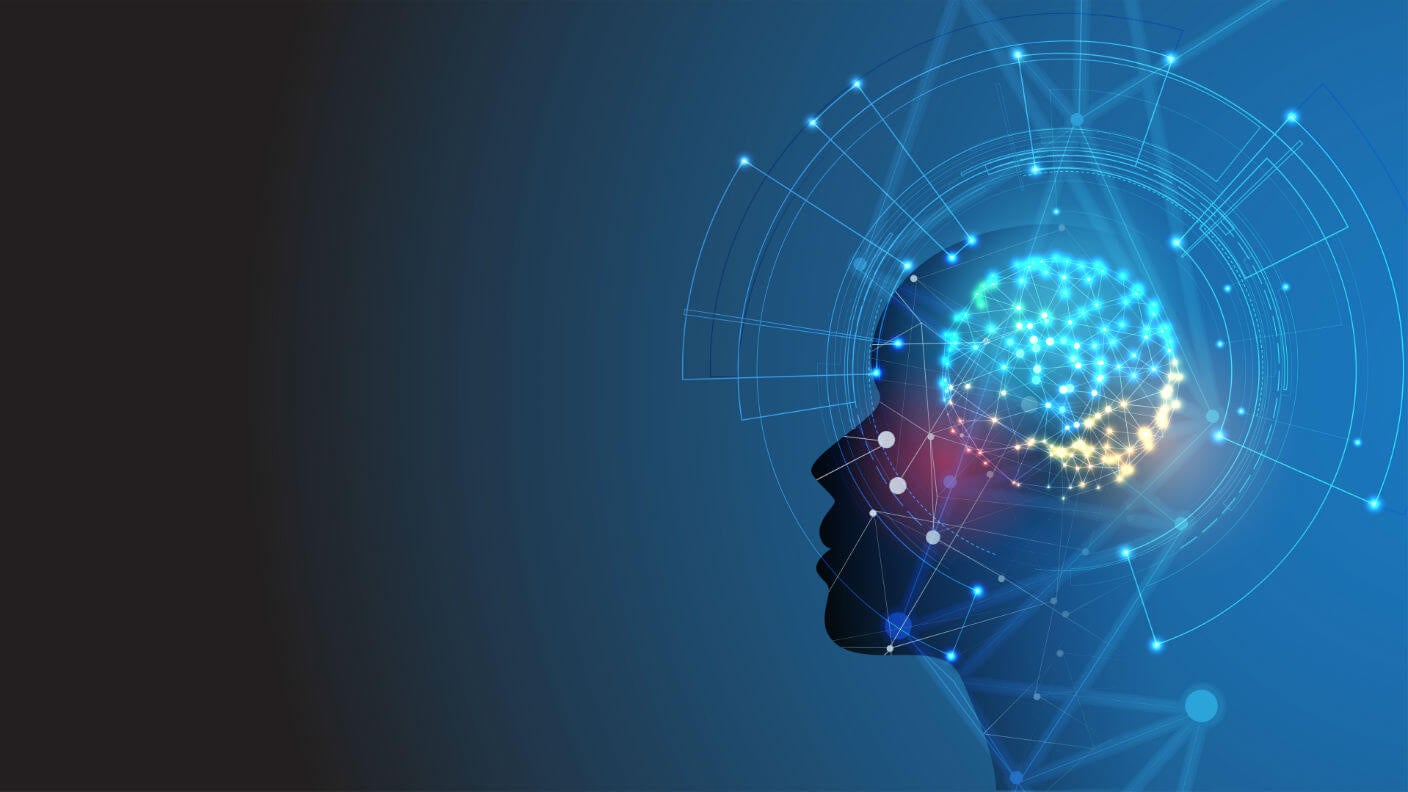
Photo from academic.microsoft.com
In the neuroimaging and brain mapping communities, researchers have proposed a variety of computational methods to map functional brain networks (FBNs). Recently, it has been proven that deep learning can… Click to show full abstract
In the neuroimaging and brain mapping communities, researchers have proposed a variety of computational methods to map functional brain networks (FBNs). Recently, it has been proven that deep learning can be applied on fMRI data with superb representation power over traditional machine learning methods. However, due to the lack of labeled data and the highdimension of fMRI volume images, deep learning suffers from overfitting in both supervised and unsupervised training processes. In this work, we proposed a novel generative model: deep variational autoencoder (DVAE) to tackle the challenge of insufficient data and incomplete supervision. Experimental results showed that the representations learned by DVAE are interpretable and meaningful compared to those learned from well-known sparse dictionary learning (SDL). Besides, the organization of some FBN patterns derived from different layers in DVAE was observed in a hierarchical fashion. Furthermore, we showed that DVAE has better performance on small dataset over autoencoder (AE). By using ADHD-200 dataset as our test bed, we constructed a DVAE based modeling and classification pipeline in which all subjects’ functional connectivities estimated by FBNs were taken as input features to train a classifier. Finally, the results achieved by our pipeline reached state-of-the-art classification accuracies on 3 ADHD-200 sites compared with other fMRI-based methods.
Journal Title: IEEE Transactions on Cognitive and Developmental Systems
Year Published: 2020
Link to full text (if available)
Share on Social Media: Sign Up to like & get
recommendations!